There’s a conversation early on in Ezra Claytan Daniels and Ben Passmore’s BTTM FDRS where our protagonists talk with the only remaining resident of the apartment complex she now lives in. The older woman tells her she’s being priced out of the building, it’s a cycle, it’s not her fault, it’s not even really anybody’s fault, it just is. There’s a constant movement in BTTM FDRS in which characters are trampled, displaced, or frustrated by the weight of things that are happening to them. It just is and there is no controlling it. Gentrification is an unwieldy monster, and BTTM FDRS posits that there is in fact a force at play in the way society is structured — it’s just an inscrutable and impossible to fully comprehend combinations of elements.
Gentrification is a concept ripe for exploration. I’ve seen it addressed in comics in different ways over the last few years, but never in such a visceral way. In Tom Kaczynski’s Beta Testing The Apocalypse, gentrification changes people’s behaviour; in Ben Katchor’s Hand-Drying in America it is dark comedic reality of the world in which we live; and in Aatmaja Pandya’s excellent 2016 comic Phantom gentrification affects and strips one’s own sense of self. Ezra Claytan Daniels and Ben Passmore’s approach is to look at how gentrification does all of the above, and adds a layer of horror to it, both in the form of a creature living in the building itself and also with how people’s life are horrifically affected by it. In a way, the forces that contributes to gentrification are in a way impossible to fully comprehend — it’s a combination of numerous elements that are hard to identify. It takes many shapes, and in the case of BTTM FDRS, it’s an ever-changing monster crushing citizens.
I have rarely seen such a perfect pairing as the one in BTTM FDRS. Ezra Claytan Daniels and Ben Passmore bring their storytelling strengths and interest to the foreground. Passmore, mostly known for his celebrated Your Black Friend story, brings his sensibility with regards to race and political storytelling, while Daniels bring a heavy dose of science-fiction rooted in reality. I wondered in 2018 if Ezra’s book Upgrade Soul was the best science-fiction comic of the decade and I think now, two years removed, I can safely say that it is the case. Together they are weaving a tale about the complexity and discriminatory housing environment with a hefty dose of social commentary.
It’s essentially the tale of Darla, a young black aspiring fashion designer who moves with her aloof, image-obsessed friend Cynthia in an old building complex. Their new neighborhood, the “Bottomyard,” used to be a thriving working class area, but has long been left abandoned. Rent is cheap, but the neighborhood is up-and-coming and it’s being billed as the place to be for young artists. But strange things begin occurring, and it would seem some kind of entity is causing the building to have a mind of it’s own. While the story does have some fantastical elements on the surface, there’s a rich lore and phenomenal depth to this work. From the background of the building itself, and the guilt in being complicit in gentrifying a neighborhood, all the way through the relationships between our lead characters, there is an incredible depth of underlying text happening in this book.
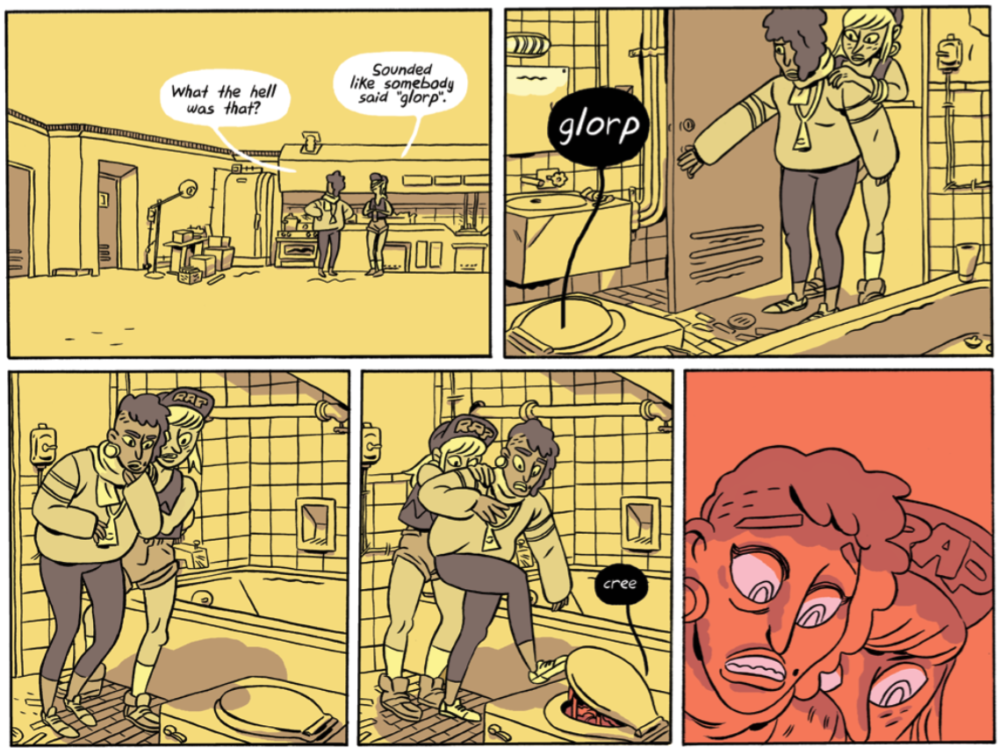
The oppressive nature of gentrification is reflected perfectly in the characters of the creature and the landlord. The landlord is aware of the nature of his building and the unspeakable horror lurking underneath it, slowly creeping it’s way up, but he thinks it’s something he can understand and control. He’s nervous and worried that the lid is going to blow before he’s ready to harness it properly. There’s hubris in thinking a simple man can affect changes to the dark forces pushing the world in disarray. On the other hand, the building itself was designed as a living organism, one that could facilitate for its inhabitant, but it became warped and twisted. It needed a host to operate it and Jay Jay, its creator, knew there was no way to remove biases inherent to mankind and shut down the project. Removed from it’s host, it began to consume its inhabitant. An apt metaphor for the aggressive side of capitalism inherent to gentrification.
The unusual nature of the colours in the book permeates the comic with a very unique sense of otherworldliness. The pages are drenched in bright yellows, deep purples, or bright oranges. It helps create an atmosphere of mystery and unease as we progress through the story. The expressiveness of Passmore’s characters allows the reader to fully grasps the complexities they are expressing. This coupled with the dramatic lighting brought on by the colours gives the book a very distinct and unique style. Passmore uses colours to great effect in his other comics, particularly DAYGLOAYHOLE in which he plays with bright and pastel tones to create vibrant and extravagant locale. Horror comics tend to adopt a darker colour scheme and it was a bold choice to get away from that and use such vibrant colours for BTTM FDRS. It’s a gamble that paid off.
As it stands BTTM FDRS is one of the best graphic novels I read in 2019. It’s a thoughtful meditation on not just gentrification, but inequality. It’s themes are topical and I suspect similar conversation will sadly still be talked about a decade from now.


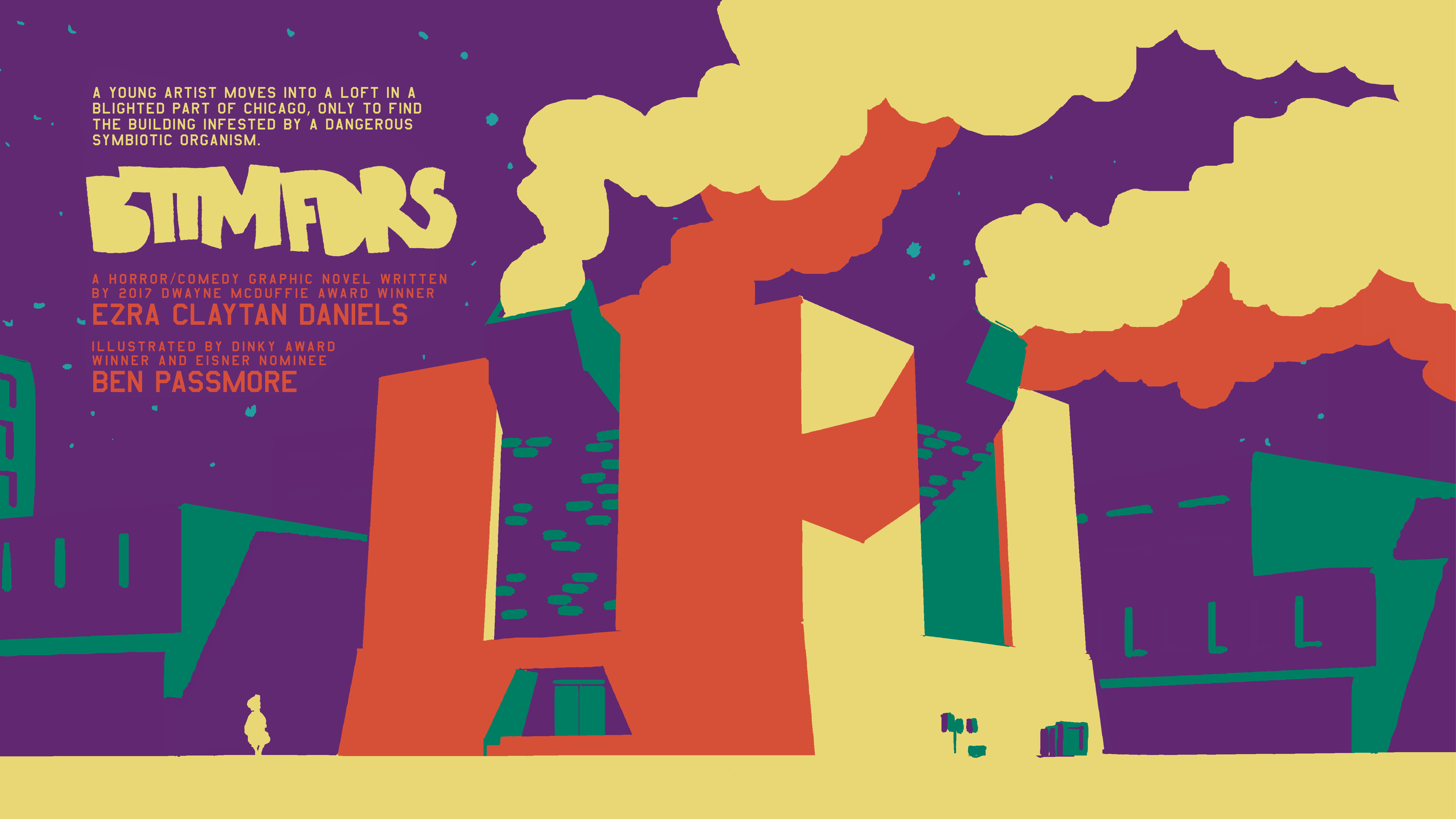
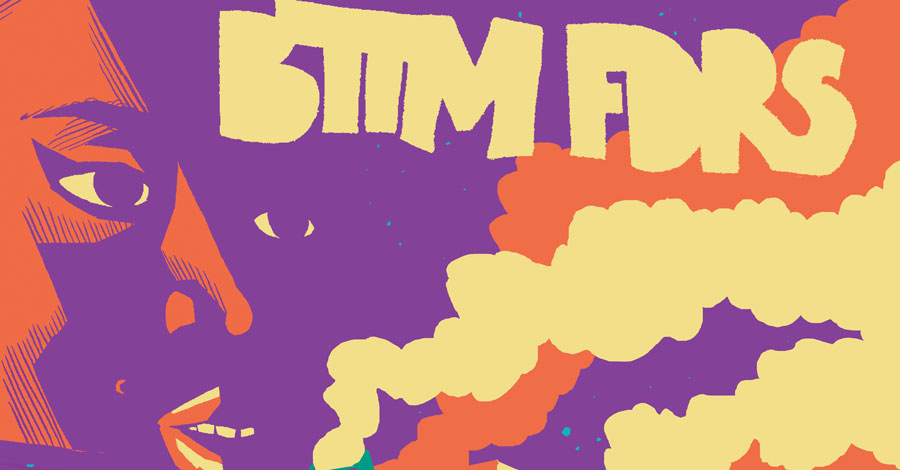
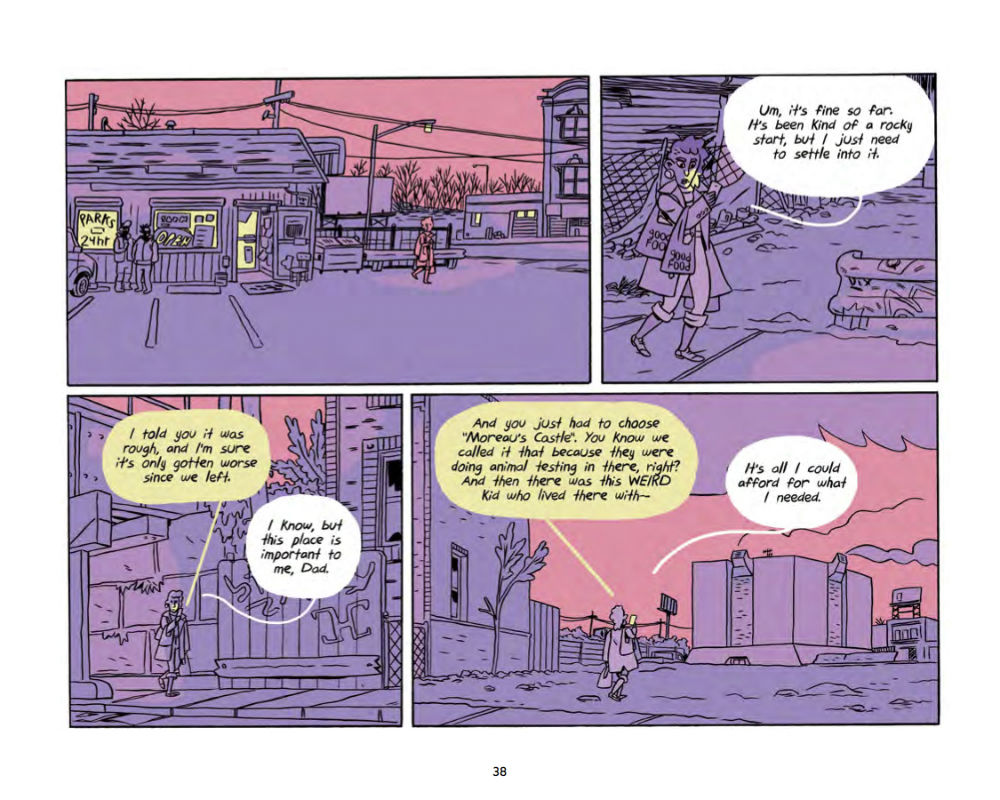
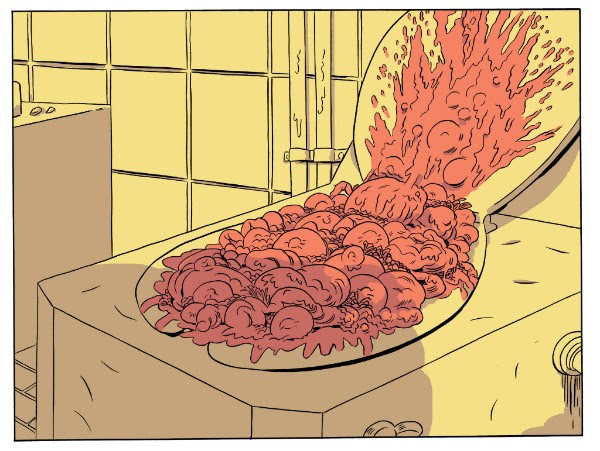
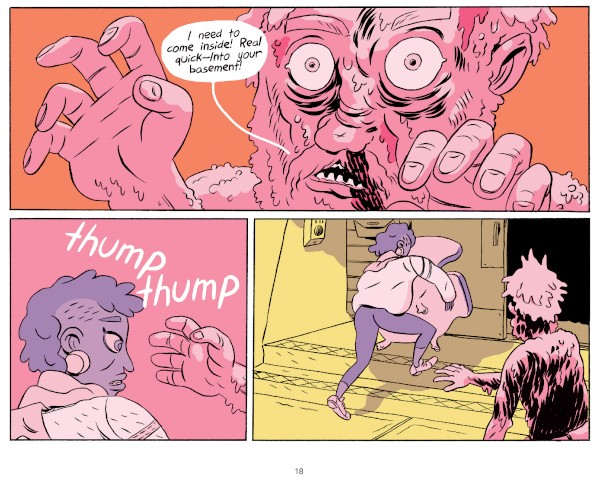

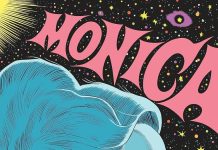
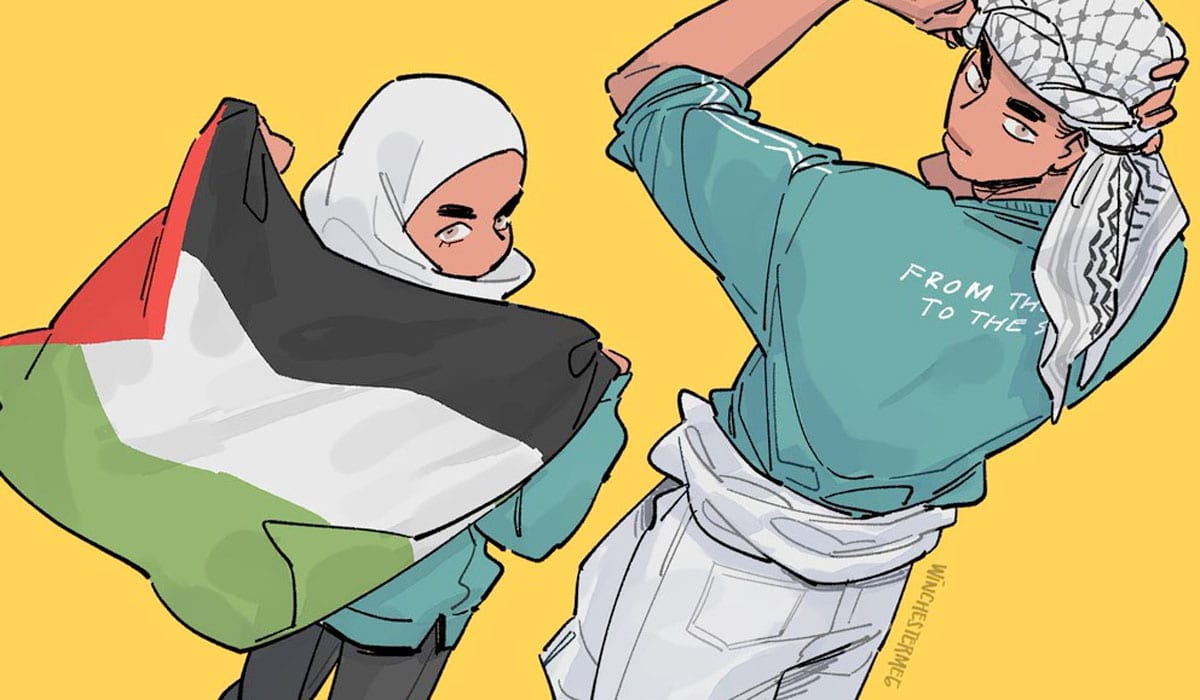


Comments are closed.